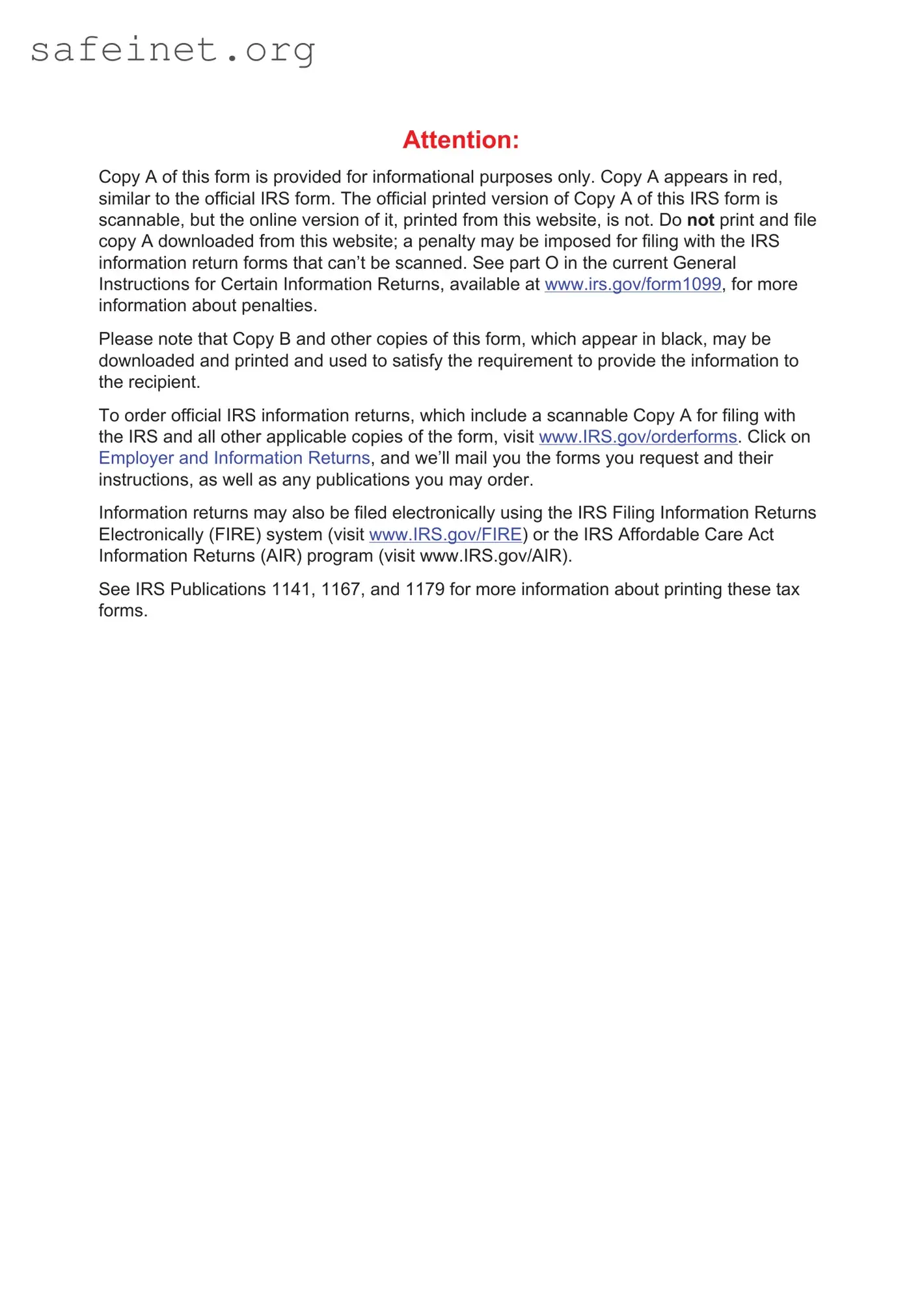What is the IRS 1099-R form?
The IRS 1099-R form is used to report distributions from retirement plans, pensions, and annuities. If you received money from your IRA, 401(k), or other retirement accounts, this form is essential. It informs both you and the IRS of the amount you received, as well as any taxes that were withheld from your distribution.
Who receives a 1099-R form?
If you took a distribution from a retirement plan, you should expect to receive a 1099-R. This includes amounts taken as lump sums, periodic payments, or even rollovers to different retirement accounts. The plan administrator or financial institution will send this form, ensuring you're aware of any taxable income from your retirement savings.
When is the 1099-R form issued?
The 1099-R form is typically issued by January 31 of each year. This deadline ensures that you have enough time to include this information in your tax return, which is due by April 15. Keep an eye on your mailbox or email for this crucial document during tax season!
What information is found on the 1099-R form?
The 1099-R includes several important details: the total amount distributed, any taxes withheld, the type of distribution, and your personal information. Additionally, it specifies the distribution code, which indicates the nature of your withdrawal, such as early distributions, rollovers, or normal distributions.
Do I need to report 1099-R income on my tax return?
Yes, income reported on your 1099-R form must be included on your tax return. The IRS uses this form to track income and ensure proper taxation. Even if you rolled your funds over into another retirement account and did not cash out, it's still critical to report the rollover correctly on your tax return. Failing to report this information might lead to penalties.
What should I do if I don’t receive a 1099-R form?
If you believe you should have received a 1099-R but have not, the first step is to contact the financial institution or plan administrator that manages your retirement account. They may have sent it to the wrong address or it could be lost in the mail. If you still do not receive it, you can reference your account statements to report the income accurately on your tax return.
What are the penalties for inaccuracies on a 1099-R form?
Inaccuracies on the 1099-R form can lead to penalties and interest charges from the IRS. If you report less income than what is noted on the 1099-R, you may face an underpayment penalty. Additionally, providing incorrect information may force the IRS to investigate further. Always double-check the details on the form and ensure your tax return aligns with what is reported!







